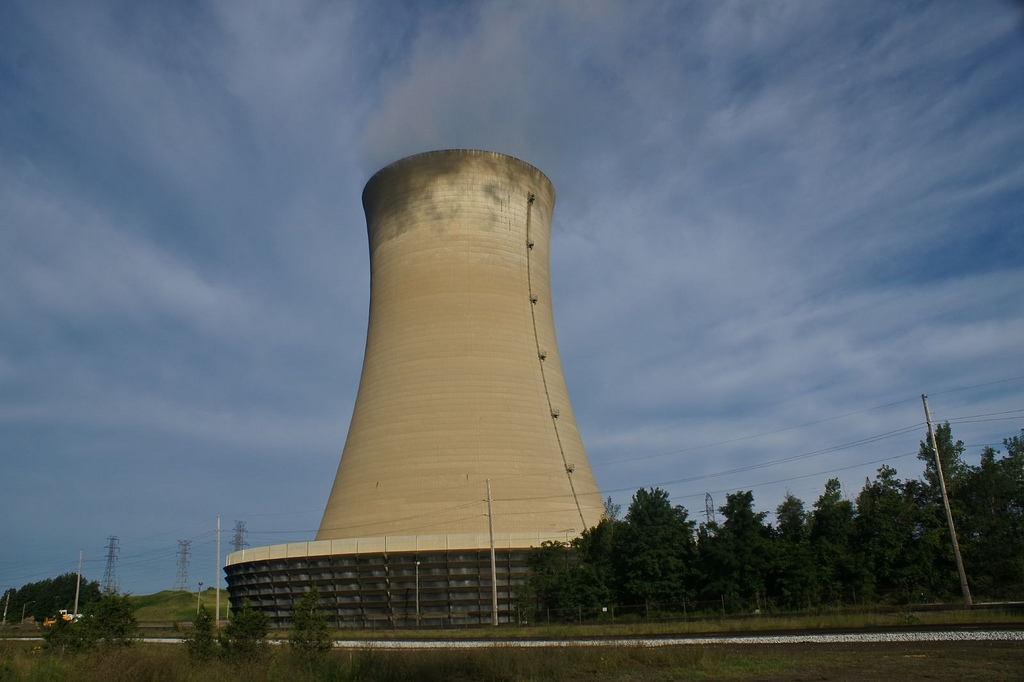Over the past few years, the cost of electricity generation from renewable-energy sources has decreased dramatically.
So much so, that renewable energy may have just hit an important milestone, according to one study.
In the U.S., wind and solar power are now cheaper sources of electricity than natural gas—even without subsidies.
DON'T MISS: Under Trump, renewable-energy progress may not change much
That essentially makes these two renewable-energy sources the cheapest unsubsidized source of electricity for utilities in the U.S.
That is the conclusion of investment bank and research firm Lazard's latest Levelized Cost of Electricity analysis (pdf), which compares the cost of different methods of electricity generation.
This is done by dividing the total lifetime costs associated with an energy source—be it a conventional power plant or a solar or wind farm—and the amount of electricity that source can produce.

wind farm
In comparison, the range for natural gas was $48 to $78 per MWh, while coal was pegged at $60 to $143 per MWh.
However, because it focuses solely on cost, the Lazard analysis requires some contextualization.
One factor it leaves out is the cost of climate change, inclusion of which would certainly favor solar and wind over fossil fuels, notes Vox.
But Vox also notes that the Lazard analysis leaves out the fact that wind and solar are intermittent sources that don't produce the same amount of electricity at all times.
That is why there is significant interest in pairing renewable-energy sources with energy-storage systems that can collect excess electricity for later use.

Solar farm used by West Hill House B&B
Despite the decreases in costs, rooftop solar panels or residential and commercial applications are still expensive, and substantially more costly per MWh than utility-scale thin-film solar PV, according to Lazard.
MORE: Smallest state poses big question: natural gas or renewable energy?
One other factor brought up by Vox is that, in developed countries like the U.S., renewable energy does not compete against new power plants.
Instead, it competes against existing plants that have already been paid off, meaning their effective costs are much lower.

Cooling tower at power plant, by Flickr user Paul J Everett (Used under CC License)
These can take renewable energy from being competitive with natural gas to being substantially cheaper.
So even if renewable sources could compete without subsidies, it will probably be better for their future growth if those subsidies remain in place.
_______________________________________________











